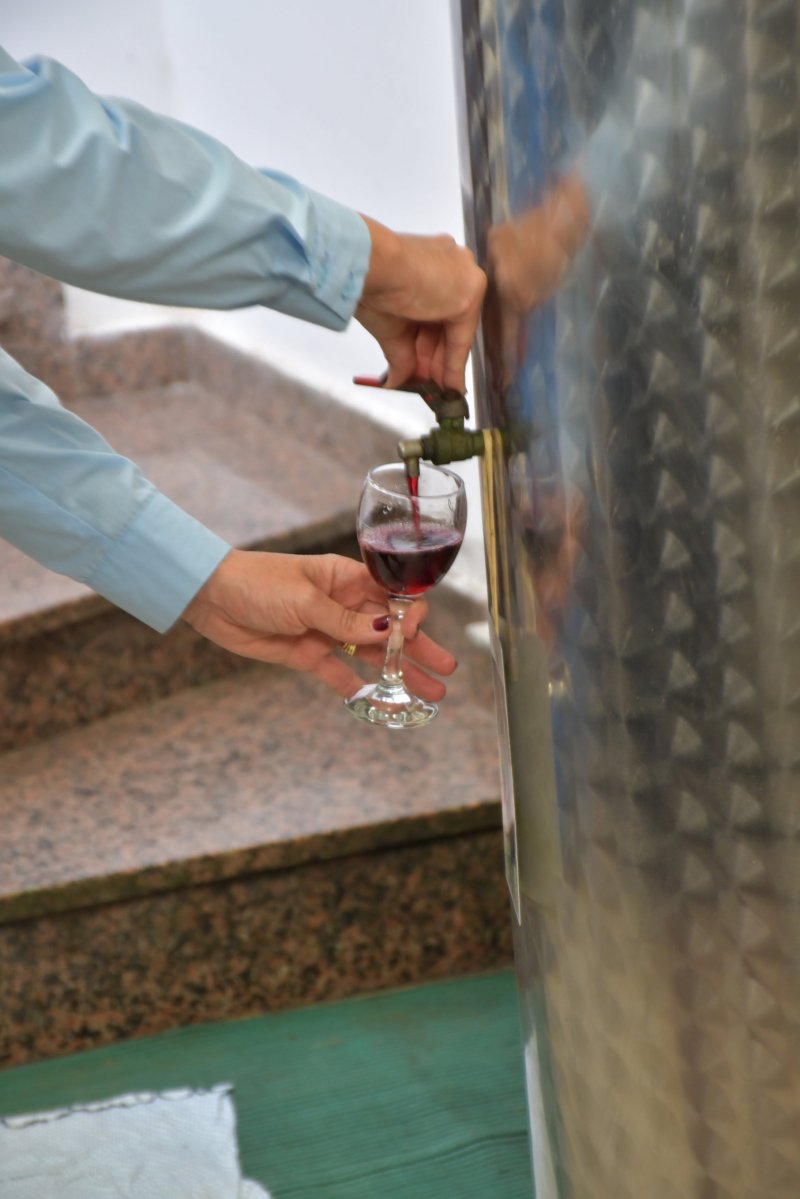Trieste, And On To The Istrian Peninsula


Following our three days and nights in Slovenia, we headed to Trieste for a quick visit before continuing on our way to Croatia. We stayed for two nights, to add a peek at yet one more part of Italy.
Trieste is located on the Gulf of Trieste, at the crossroads of Latin, Slavic, and Germanic cultures, all of which have strongly influenced its present-day character. But it remains essentially Italian — with a twist. One of the most fun twists is the Trieste tradition of always providing complimentary antipasti whenever you order a drink. We didn’t have to buy lunch once we discovered that tradition.
A true reminder that Trieste is, indeed, in Italy — driving in the city was a nightmare. We wandered the city on foot, having left the rental car at our hotel. Walking was such a delight that we covered nine miles in one day, visiting an old Roman amphitheater, an amazing fountain, and Trieste’s rather tiny but hugely scenic Grand Canal. The heart of the Trieste experience? The Italian vibe you feel when, surrounded by locals, you hang out in one of the many restaurants and bars ringing its picturesque piazzas that overlook the Gulf.
Next, we were off to Croatia. We’ve spent some delightful times in the south of Croatia, but this was a part we’d never visited before, the Istrian Peninsula. Like Trieste, it’s been part of many countries. People who lay claim to have lived in three different countries may never have moved from their original homes.
Our destination was the town of Rovinj, located about two-thirds of the way down the peninsula, on the west coast. The Old Town is where Rovinj began, on what used to be an island, secured by medieval walls. The channel between the island and the mainland was filled in in 1783, making the town part of the mainland. The view of Rovinj is dominated by the Church of St. Euphemia, a Venetian Baroque building with a bell tower that replicates that of St. Mark’s in Venice. It’s not only the sight to see, it is also the best place to view the sights that surround it, especially from the top of the tower.
Our arrival in Rovinj was punctuated by one of the fastest-moving, most ferocious rainstorms we’ve ever seen. We stopped for a bite to eat right before we were due to check into our Airbnb, and that’s when the storm hit. We actually postponed leaving the restaurant until the storm stopped, but our very gracious host was totally understanding. Our accommodation was everything we hoped for, but our amiable and helpful host was a decided bonus.
That crazy rainstorm came with a very special bonus — a sunset that shot glorious rays across the sky and tinted the Adriatic a lovely pink. That sunset was the icing on the cake for the picture-perfect and delicious meal we enjoyed at Bistro Ancora, overlooking the sea. Our waiter, Denis Alikic, brilliantly deboned our heaping platter of fresh seafood for us, plus gave us the name of a restaurant we would later visit in Zagreb. Our first night in Rovinj was a rousing success!
The following day, we headed again into the Old Town and wandered its winding cobblestone streets. The town boasts a lively open market and a waterfront chockablock full of restaurants beside its boat-filled harbor. If you’re traveling by car, it’s good to know that Rovinj has plenty of convenient and inexpensive parking lots. We always feel a bit dicey about street parking in a place where we can’t read a word of the signage.
Our last day on the peninsula, we went south to Vodnjan for a tour of Teraboto, where guide and vineyard owner, the vibrant Izabela Vitasović, introduced us to the wines and olive oils her family produces from several small vineyards and olive orchards. Following tastes of some lovely wines and zingy olive oils, five of us — John, Vay, a young couple from Austria, and Izabela — all piled into her SUV to visit some of the Teraboto vineyards and orchards, plus a look at an Istrian specialty, a kažun. These round stone field huts were traditionally used as shelters for farmers and shepherds in remote fields and for storing tools. They were erected in areas where stones had to be removed to obtain fertile land. They have particular dimensions and a construction method that involves a simple placing of stones on top of each other with no mutual bond. The town of Vodnjan has a special Kažun Park that features several examples.
The next day, we would head to Zagreb, on the final leg of our three-country adventure.
olddogsnewtrips@gmail.com





















